This post may contain affiliate links. If you make a purchase by clicking on these links, I may earn a small commission at no extra cost to you. Read the disclaimer for more information.

As most of you will know, unless you live under a rock, Nepal was hit by a 7.8 magnitude earthquake in April 2015. The quake devastated the country. Thousands of people died. Others lost their homes and businesses. Important religious sites and monuments that have stood for hundreds of years were reduced to piles of rubble. But there was one other thing that they lost – their tourism. Nepal is a very poor country and tourism is their primary industry, with their unique culture and the allure of the Himalayas drawing in thousands of tourists and trekkers from all over the world, but when the earthquake struck, people panicked and cancelled their trips. Even the big trekking companies cancelled their trips for the remainder of the year. This has devastated the people of Nepal in a whole other way. Those that rely on the tourism industry are struggling to make ends meet. Many of them have had to rebuild their businesses, only to find that they no longer have any customers.

The foundations are all that remains of Trailokya Mohan Narayan temple in Durbar Square, Kathmandu
Like most people, I had my concerns about travelling to the country after the earthquake, but I decided to travel to Nepal anyway in November to see what things are really like. What I found was a devastated country that is fully on the mend. As a tourist, I wasn’t affected one bit. The streets of Kathmandu are all cleaned up and as busy as they always have been. Many buildings have been knocked down, but they are being rebuilt. Walking through the streets of Thamel (Kathmandu’s tourist district), you wouldn’t even know that there was an earthquake.
Many peoples’ concerns with travelling to Nepal were with the trekking routes. Are they open? Are facilities still available? I went on a huge trek in the Khumbu region (Everest region) of the country – one of the most popular trekking areas. Many of the villages in the lower areas from Jiri have been greatly affected by the earthquake. The worst damage I saw was in the village of Bhandar. The damage got considerably less as I trekked further on and by the time I reached the main trail from Lukla – where most people start their trek to Everest Base Camp – there was hardly any sign of the earthquake at all. Either there wasn’t much damage or the people here have recovered very quickly. Whatever the reason, things are carrying on as normal. There is only one thing missing – the trekkers.

An earthquake damaged house in Bhandar

An undamaged teahouse in Junbesi
When I began trekking along the main trail between Lukla and Everest Base Camp, I couldn’t believe how quiet the trail was. When I was here back in 2009, this trail was like a main highway with groups of trekkers, porters and yak and mule trains heading both ways along the trail. This time, it was basically deserted. While this was great for me as a trekker, it is terrible for the people that live in these villages and rely on the business from trekkers for their income. Many lodges and teahouses are going weeks without any business at all. I feel terribly sorry for them.

Lukla is ready for your arrival

Gokyo is open for business, and as beautiful as ever.

Everest Base Camp – Yes, you can still trek here 🙂
In all of the places that I went through on the trek – even in the most damaged villages – I never once had a problem finding a place to stay or somewhere to eat – the trails are all open, in decent condition and all facilities are available. People, it is time to stop worrying and begin re-planning your trip to Nepal. The country is ready to welcome you with open arms, and with the trails so empty, there is no better time to go for a trek in one of the most beautiful places in the world. Lets make 2016 better for the people of Nepal.


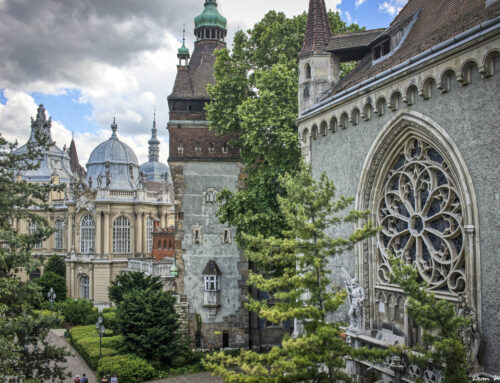
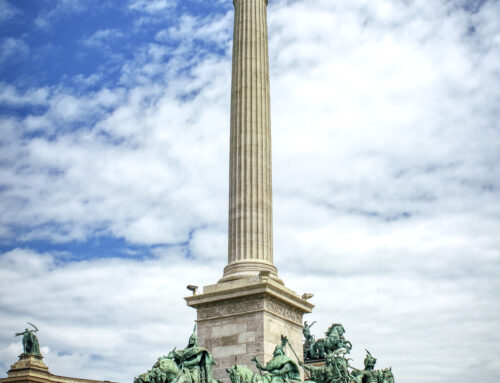
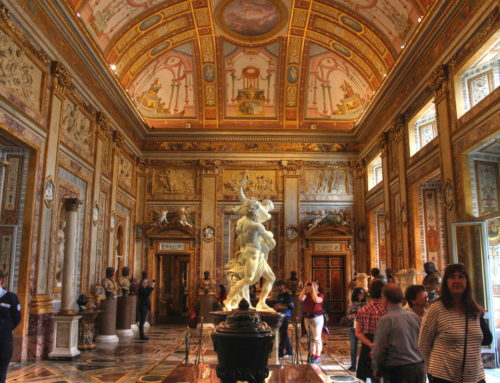
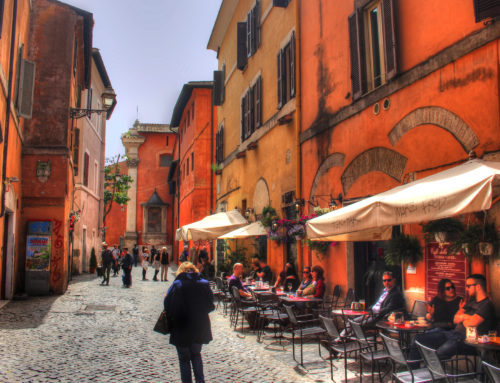
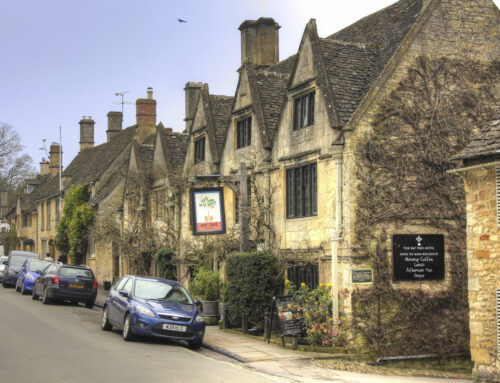
Nepal is one of the most amazing places on Earth.
I can’t argue with you there 🙂
[…] After the devastating earthquake in April 2015, Nepal has recovered and it is time to return to this amazing country. […]